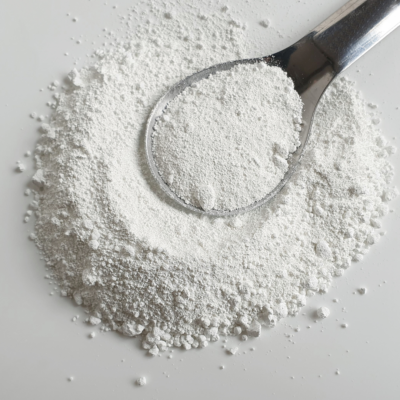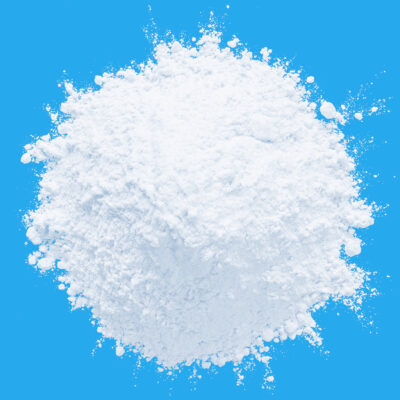Melting points provide an important indicator of intermolecular forces that bind atoms together, and affect vapor pressure as well. The higher melting point of Hydrocarbon Resins, particularly around 130 degrees Celsius plays a crucial role in the manufacturing of inks and paints.
Its impact on thermal stability, viscosity control, film formation and resistance properties cannot be overstated. By ensuring these properties, a higher melting point empowers manufacturers to produce high quality Inks & Paints suitable for wide range of applications and environment conditions. High softening point Hydrocarbon resin in the ink can show color, fast dry, brightening effect, and can improve the effect such as printing performance.
Inks & Paint manufacturers typically employ high softening point petroleum resin, which has the capability of increasing gloss levels while improving adhesion, hardness and acid/alkali resistance properties. Furthermore, this resin plays an integral part in colour development as well as quick-drying/brightening functions, printing performance enhancement and can substantially lower production costs effectively.
High Melting Point
The melting point is the temperature at which solid materials transition to liquid form, such as metal from its hard, solid state into molten metal or ice to water.
Typically speaking, a higher melting point means it takes more heat to break the bonds in a given compound apart and slide apart from each other. This phenomenon arises because vibrating atoms generate more kinetic energy when vibrating faster, leading to greater bonds being broken between molecules in an equation.
Pure substances tend to have lower melting points than mixtures due to impurities that vary depending on how they’re mixed with each other; typically, as more impurities enter a compound, its melting point range becomes wider as well. Therefore, many new inks and paints use mixtures of metallic powders that undergo sintering in order to form alloys with higher melting points, helping eliminate the need for costly single component materials like paraffin wax.
High Softening Point
Light colour Hydrocarbon Resin C9 130’s softening point makes it an effective material in Inks, Paints and Coatings, as its rapid melting action facilitates pigment dispersion, air dispersal, reduced VOCs emissions, mildew resistance as well as superior adhesion, glossiness and film hardness properties.
In the printing industry, petroleum resins with high softening points such as C9 or DCPD resins are typically employed. These have advantages such as colour spreading capabilities, fast dry times and brightening properties which help increase printing properties.
High Stability
Due to their superior thermal stability, viscosity control, and film formation properties, petroleum resins enable manufacturers to create Inks & Paints suitable for a range of applications and environmental conditions. Furthermore, higher melting point resins offer greater resistance against chemical attacks that might occur during production processes.
Petroleum resins added to paints can improve final finishes, adhesive power and hardness while increasing resistance to acids and alkalis. Furthermore, this product can also be used in printing inks for quicker dry times while brightening and decreasing paper glue effects.
Esaar International Private Limited has ready stocks of Hydrocarbon Resins C9 130 at their Bhiwandi Warehouse. It is available in packing size of 25kgs Bags.








Leave a Reply